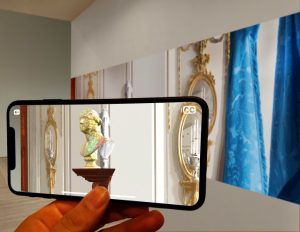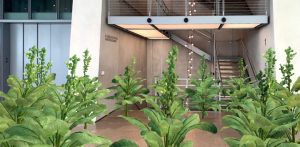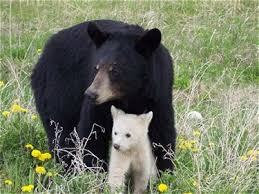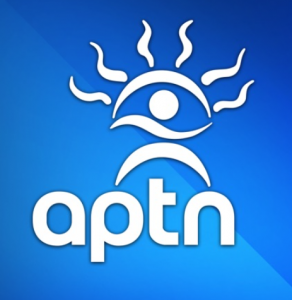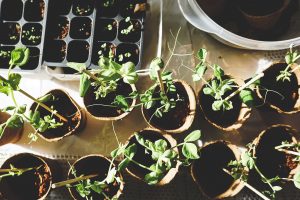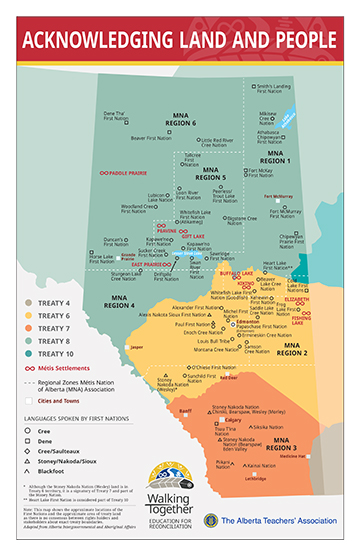Yawarani is a VR180 film made in collaboration with Indigenous community members in the Amazon rainforest; it is intended to preserve the group’s sacred culture and elders’ wisdom and, when viewed with a VR headset, the experience is even more immersive (Outside TV, 2019). The film was supported by YouTube, Adventure Film Festival and OutsideTV and was directed by Daniel Bury: different versions were simultaneously created for multiple formats, such as vertical video and traditional 16×9 (Bury, n.d.). Even through the basic 180 capability offered by YouTube, one can still navigate around various scenes that were captured of the community members and their surroundings, enabling engagement with what is presented:
OutsideTV. (2019, March 28). Yawarani: A VR Film Made With Indigenous Creators [Video]. YouTube.
What is crucial to note about this project is that the Indigenous community in Yawarani had a desire to ‘immortalize’ their culture through film and VR for the purposes of educating their youth and showcasing their sustainable lifestyle to the wider world (OutsideTV, 2019). Bury (n.d.) emphasizes the collaborative nature of this project, in addition to hosting workshops in the community to teach members about the stages of producing film and VR, such as screenwriting, scene design, post-production, and editing. This exemplifies the potential to share technological knowledge without imposing Western ideals and values: share it when it is welcomed and has collaboration at the heart of it.
References
Bury, D. (n.d.). Yawarani: A Film Made With Indigenous Creators. Daniel Bury Interactive. https://www.danielbury.com/new-page
OutsideTV (2019, March 28). Yawarani: A VR Film Made With Indigenous Creators [YouTube Video]. Retrieved from https://www.youtube.com/watch?v=FU6OwSjod3o&t=90s
